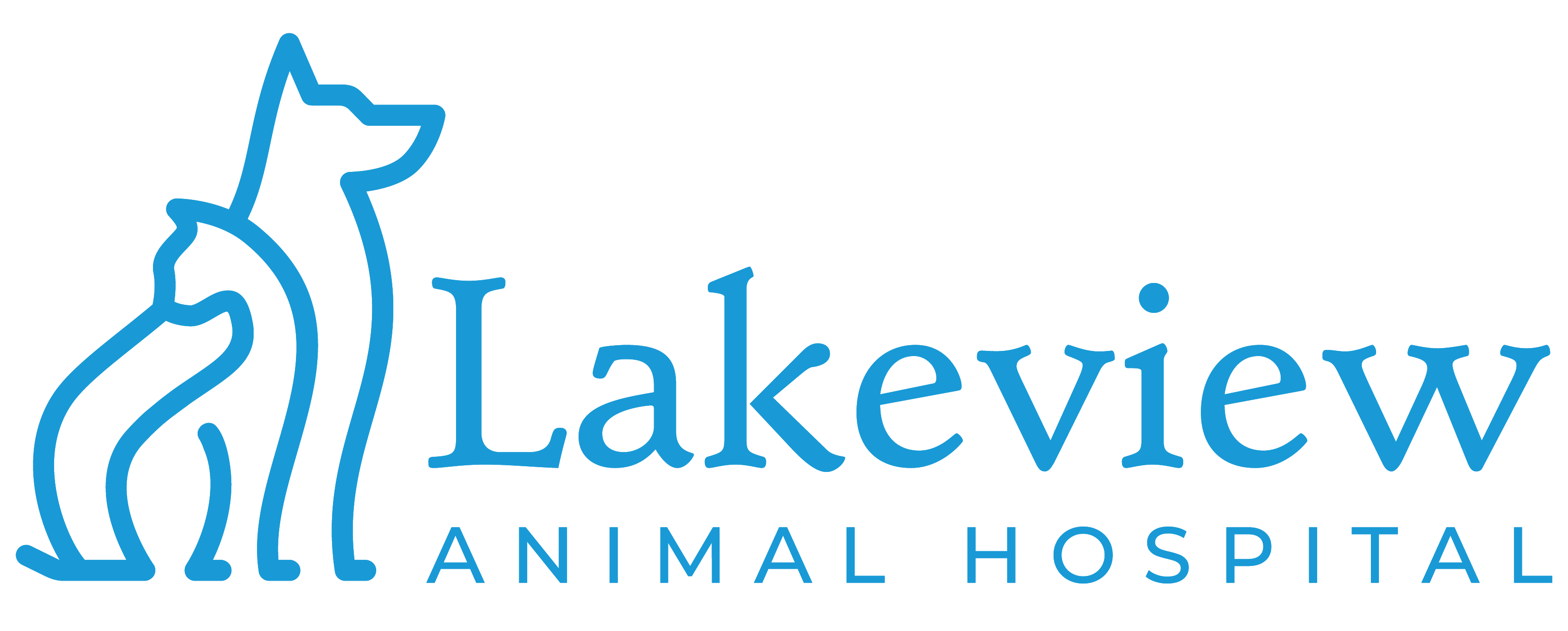Educational Articles
-
A persistent tooth is a deciduous (baby) tooth that is still present when the permanent tooth erupts. When this happens, the baby tooth occupies the place in the mouth that is meant for the permanent tooth, forcing the permanent tooth to erupt at an abnormal angle or in an abnormal position. The result is crowding or malposition of the tooth, causing an abnormal bite (malocclusion). Early extraction is advised.
-
Good hygiene takes practice, but starting early will make keeping your pup clean easier for his entire life. You can start some of these jobs shortly after your puppy arrives home. Be sure to keep a calm voice and use food rewards as positive conditioning to make it a positive experience.
-
The American Animal Hospital Association and American Veterinary Medical Association have established guidelines to standardize preventive health care for cats, helping them to live longer, healthier lives. This handout provides an overview of the recommendations within these guidelines and why they are so important.
-
The American Animal Hospital Association and American Veterinary Medical Association have established guidelines to standardize preventive health care for dogs, helping them to live longer, healthier lives. This handout provides an overview of the recommendations within these guidelines and why they are so important.
-
Anesthesia-free dentistry is commonly offered at pet stores and grooming facilities. It is more limited than veterinary dentistry, and often a higher-stress option with more potential for injury from sharp instruments. Dental cleanings should only be performed while your pet is under anesthesia. Your veterinarian will customize your pet's anesthetic plan for your pet's overall health.
-
The most common skin problem in mini-pigs is dry skin that results from a dietary deficiency of fatty acids. In addition to dry skin, mini-pigs commonly suffer from sarcoptic mange, parakeratosis, yeast dermatitis, and sunburn. Hooves of mini-pigs grow continuously throughout life and need to be trimmed periodically. The canine teeth (tusks) of male pigs grow throughout life, while those of female pigs stop growing at about two years of age. Starting after the pig is about a year of age, your veterinarian will trim tusks during an examination.
-
Many pets are sensitive to being restrained for grooming. With slow progress and positive rewards, your pet can learn to accept or even enjoy having their teeth cleaned.
-
Sugar gliders have become popular pets over the last decade. There are several well-known diseases or conditions that owners of sugar gliders should be aware of. Tooth decay from tartar build-up can lead to tooth root abscesses. Improper diets can lead to low blood calcium, obesity, and tooth decay. Intestinal problems may be caused by an improper diet, a bacterial infection, or a flagellated protozoal infection. It is essential to consult a veterinarian familiar with sugar gliders to select a proper diet and keep your sugar glider healthy.
-
Dental X-rays in cats are similar to those taken in humans. In many cases, intraoral (within the mouth) dental X-rays are necessary to identify and treat dental problems in your cat. Nearly two-thirds of each tooth is located under the gum line. Your cat will need to be anesthetized to accurately place the X-ray sensor and perform a thorough oral assessment, treatment, and prevention procedures.
-
Dental X-rays in dogs are similar to those taken in humans. In many cases, intraoral (within the mouth) dental X-rays are necessary to identify and treat dental problems in your dog. Nearly two-thirds of each tooth is located under the gum line. Your dog will need to be anesthetized to accurately place the X-ray sensor and perform a thorough oral assessment, treatment, and prevention procedures.

